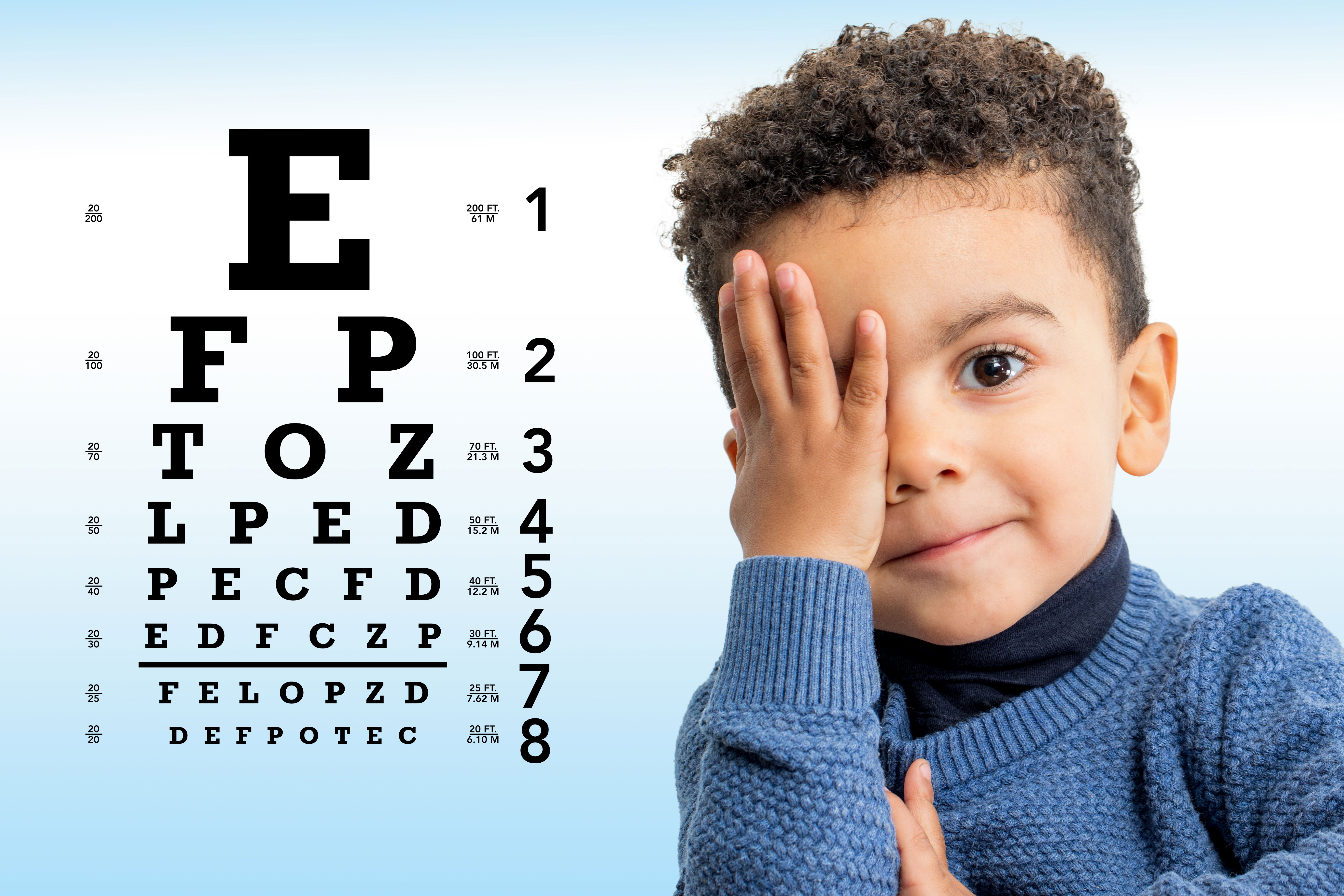Myopia (nearsightedness) is the most common refractive error worldwide, influenced by both genetic and environmental factors. It affects approximately 25–40% of the population in Western countries, with prevalence rising globally.

The most frequent type, axial myopia, results from an elongation of the eyeball. This causes light to focus in front of the retina instead of directly on it, leading to blurry distance vision while near objects remain clear.In some cases, myopia is caused by an excessively curved cornea, rather than an elongated eye.

There are several correction options for myopia:
👓 Eyeglasses – The most common and convenient option.
👁️ Contact lenses – Available in soft and rigid (RGP) forms for sharper vision.
🔄 Orthokeratology (Ortho-K) – Special lenses worn overnight to reshape the cornea.
🔬 Refractive surgery (LASIK, PRK, SMILE) – Permanent correction for suitable candidates.
With rising myopia rates, particularly in children, controlling its progression is crucial. Effective methods include:
🌞 Outdoor exposure (at least 40 minutes per day) to reduce eye strain.
📵 Limiting prolonged near-work (screens, reading) to minimize accommodative stress.
👓 Myopia control lenses – Specially designed glasses to slow myopia progression.
👁️ Ortho-K lenses – Temporarily reshape the cornea for improved vision.
💧 Low-dose atropine eye drops – Clinically proven to slow myopia progression.
If you or your child are experiencing blurry distance vision, or if during the routine school eye exam something was detected, feel free to contact Dr. Hayek and his colleagues at Centre ophtalmologique du Glacis Luxembourg, will perform a comprehensive myopia diagnosis, treatment, and management strategy.
More info regarding this MYOPIA can be found on our informational site (click on the picture below)